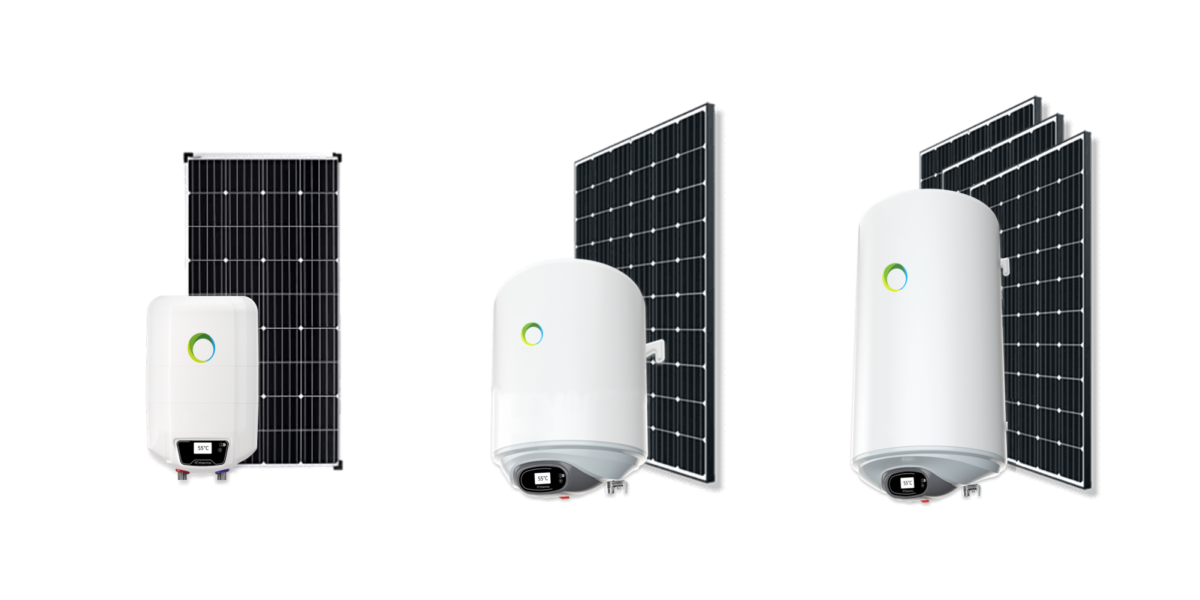Germany-based Fothermo System AG has developed a photovoltaic boiler that is claimed to offer an inexpensive and independent hot water supply, with possible applications ranging from caravans to garden sheds, kitchens, showers and even tiny houses for one or two people.
The system can be deployed by the users themselves, without the need for trained installers. Thanks to ‘plug-and-play' connections, installation can be carried out intuitively and in just a few simple steps, according to the manufacturer. “The solar modules can be connected to the boiler via MC4 contact plugs,” the company's CEO, Manuel Masenko, told pv magazine. “And the heating process begins immediately.”
The system is said to be cost-competitive as neither an inverter nor a battery is required.
The company offers its photovoltaic boiler in three different models – with capacities of 10, 30, and 80 liters. The maximum heating output is 550 W and the weight of the boiler ranges from 7.2 to 25kg. Its cost is between €350 and €499, depending on the size.
The solar modules are not included in the price as sales of the photovoltaic boiler are mainly in the B2B area, where customers can purchase their own photovoltaic equipment. “However, the solution can also be obtained by private individuals, via the Fothermo online shop, whereby the solar modules must be purchased separately if there is no photovoltaic system in the house,” Masenko further explained.
Fothermo specifies the required photovoltaic power for hot water for the smallest boiler variant is between 100 to 200 W; 300 to 450 W for the middle-sized device; and 800 to 1,000 W for the largest boiler. The maximum input voltage is 42.4 V with a current consumption of up to 15.5 A. The solution is equipped with MPP tracking. Depending on the size of the boiler, a power supply unit with 12 volts (PSU-12) or 18 volts (PSU-18) is recommended as a power supply unit.
This content is protected by copyright and may not be reused. If you want to cooperate with us and would like to reuse some of our content, please contact: editors@pv-magazine.com.




I don’t understand in what way this is an improvement over any other electric water heater. What makes it superior?
It includes maximum-power-point tracking so when there is not full sunshine the current consumption is reduced and the solar panels continue to work at the voltage at which they will give the most power from the available light.
The problem is when you have electricity outage an high outside temperature. It can ecmxplode or does it have any protection, hardware based?
The same thinking & technology can be used for cooling also.
Interesting approach and I need more technical details.